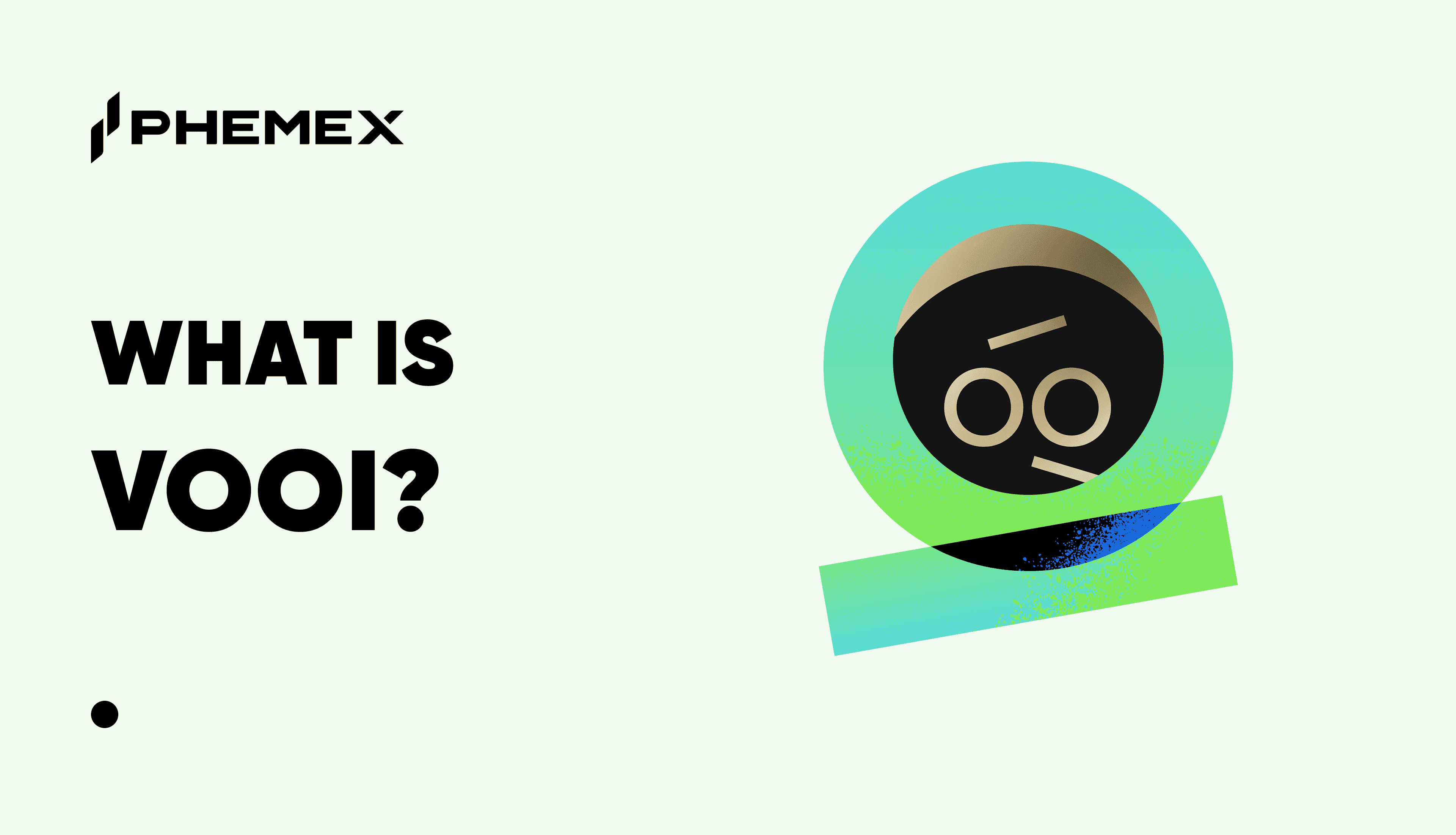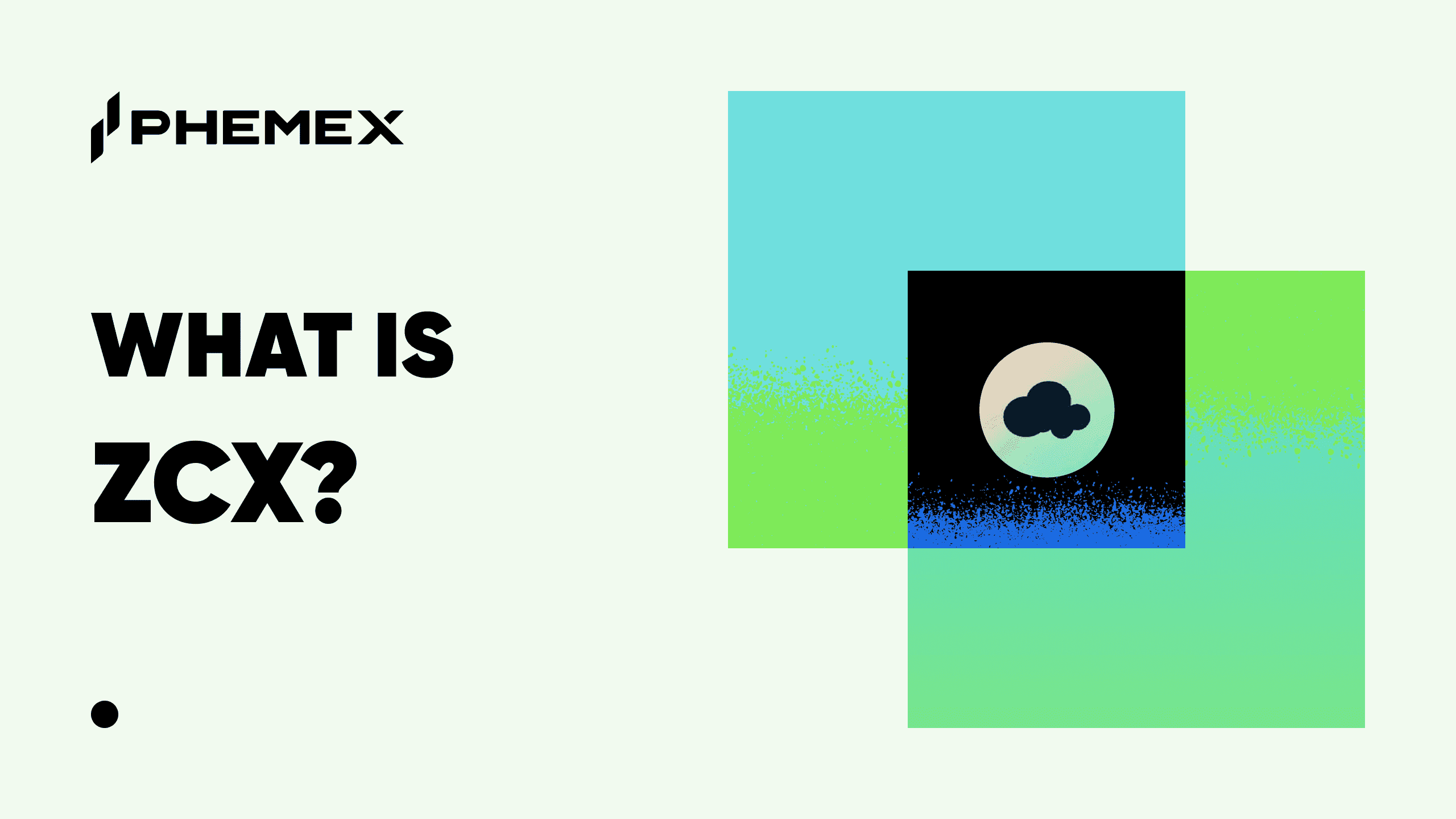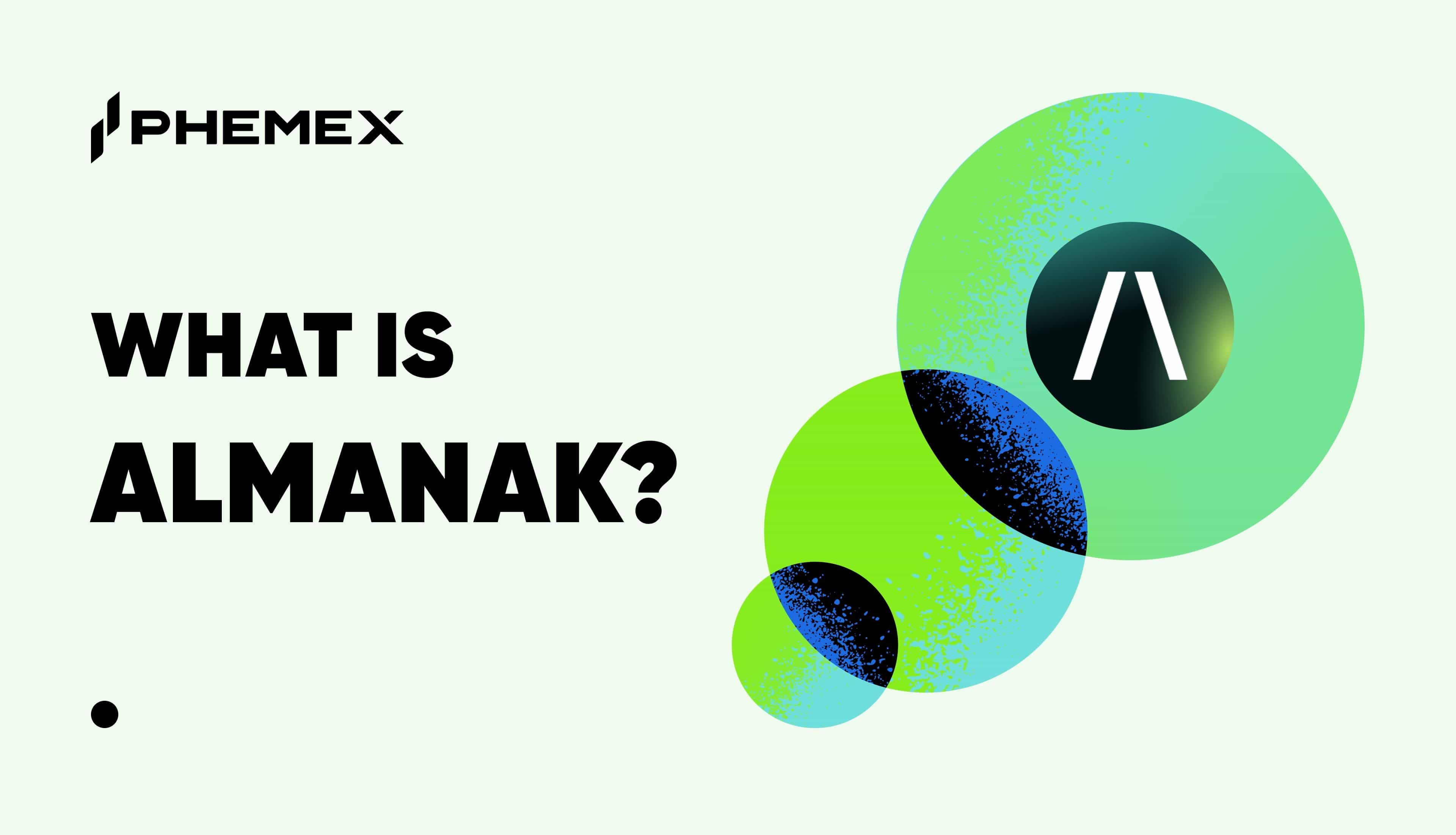Launched in 2021, Alchemix (ALCX) is a system for creating synthetic assets that allow users to take out loans that are paid back by the yield of the underlying collateral. ALCX trades at $383.73 per token with a circulating supply of around 273,000, for a total market cap of $108 million.

What Is Alchemix?
As most DeFi DApps are built on the Ethereum (ETH) and ERC-20 standard, the resulting composability allows developers to go even further by building their DeFi applications on top of others. This concept is known as “money legos” where DeFi protocols are stacked one on top of another, with each lower layer acting as a foundation for the ones above.

Driven by market enthusiasm and a massive influx of liquidity, developers have been stacking money legos into increasingly complex arrangements, creating financial solutions that could only exist in DeFi. With the mind-bending nature of its premise and implementation, the Alchemix project is perhaps the best example of what has been called the era of “Weird DeFi.”
At a very basic level, Alchemix allows users to take out loans in the form of synthetic assets backed by collateralized tokens in a manner similar to the DAI project. Where Alchemix differs from other projects is that the loan is completely automated. Instead of requiring manual payment from the borrower, the loan is automatically paid off by investing the collateral with yield aggregators.
How Does Alchemix Work?
Users take out loans by minting alUSD (the project’s native stablecoin) equal to a percentage of the tokens deposited to the Alchemix protocol’s vault (50% in the case of DAI). This alUSD can then be staked for the project’s ALCX governance token or swapped for other tokens on decentralized exchanges (DEXs) such as SushiSwap (SUSHI).
Whereas users must either watch the market or overcollateralize to protect themselves against liquidation with conventional DeFi lending solutions, there are no forced liquidations on Alchemix. The project essentially enables users to take out an advance on earnings they would have made should they have used the collateral for yield farming on platforms such as Yearn Finance (YFI) and Curve Finance (CRV). Here lie the two most unique concepts of the Alchemix protocol: loans operate as a unit of time and users borrow from themselves.
Loans Operate as a Unit of Time
First, Alchemix does not force liquidations as the protocol relies on collecting yield from collateralized assets to repay the loan, meaning there is no threat that the loan cannot be paid back. Collateral remains locked until the loan is completely paid off by the yield generated, meaning that the lock-up period is relatively long (2 years assuming a stable 20% return at a 50% LTV).
As yield returns are not stable, the actual period it takes to pay off any given loan will fluctuate with time. It should also be noted that Alchemix assumes that a yield can be generated by the collateralized assets, meaning that loans would no longer pay themselves off without any yield. Should users ever want to access the underlying collateral, they can withdraw their assets at any time by settling the vaults early.
Users Borrow from Themselves
Second, loans that are taken out with traditional finance (TradFi) loan operators or other DeFi projects always involve another party that provides you with funds and will seize the collateral in case of default. In the case of DeFi, loans are typically provided by other users and managed by a particular platform. With Alchemix, the users are making an agreement to pay back their future selves. In other words, the borrower and the lender are the same person.

Alchemix has marketed itself as a “bear-resistant” DeFi lending protocol. During the crypto market crash of May 19, over $662 million in DeFi loans were liquidated across various platforms over the span of 24 hours. However, Alchemix liquidated no loans and even presented arbitrage opportunities as users started converting alUSD to DAI when the stablecoin rose above its dollar peg.
The project has received a great deal of attention and enthusiasm from the community. During the week of its release, the surge of interest in Alchemix compelled yEarn to increase its DAI limit from 100 million to 300 million. In addition to DAI, users can also take out loans in alETH backed by Ethereum yields. At present, users can only mint alETH equal to 25% of the collateralized ETH, though the team expects to increase this number to 50% after an initial trial period.
What Was the Alchemix Reverse Rug Pull?
On June 17, 2021, users discovered a “free money” bug that prematurely forgave loans collateralized with ETH. For around 15 minutes before the Alchemix team discovered the bug and halted minting of alETH, users would have no outstanding debt even though they previously borrowed alETH at a 4:1 ratio. This allowed them to withdraw both their initial collateral and the issue alETH, and resulted in the project losing around 2700 ETH ($6.53 million).
A postmortem published by the Alchemix team noted that no user funds were lost and that the issue was caused by an error in the alETH vault deployment script. To make up for the lost funds, the team made a call for users that benefited from the bug to return their gains and temporarily increased protocol fees. The incident has been jokingly referred to members of the community as a “reverse rug pull”.
ALCX Price History
Since its launch, ALCX rose significantly throughout the bull run of the first half of 2021. The token went from $342 on February 27 to $1,496 on March 27, representing a strong rise of roughly 337% over 3 months. The token has however nearly dropped to its launch value with the recent bear run, down roughly 74.39% from its price on February 27 to its price of $383.73 on August 15, 2021.

ALCX is currently ranked #225 by market cap. There are roughly 273,000 ALCX in circulation. The token has a max supply of 478,612 and is intended to be used as a governance token for a planned Alchemix DAO. The token is also used as an incentive to stake alUSD, and will eventually serve as a means to secure the protocol in the scenario that one of its yield strategies is exploited.
As the Alchemix protocol does not require ALCX to take out yield-backed loans, the sole purpose of the ALCX token is for governance and staking. As such, the price movements of ALCX will more closely reflect the general market and yield farming trends rather than sentiment about the project or the viability of its use case.
What Is the Future of Alchemix?
Though the Alchemix project is still in its early stages and has hit some bumps along the way, it offers a potentially revolutionary new paradigm in interest- and liquidation-free loans. By empowering users with the ability to borrow against the expected returns of their future selves, Alchemix has the potential to make loans far cheaper and less predatory. Currently, roughly $250 million is deposited in Alchemix vaults, representing a slight decrease from the peak of $300 million earlier in June.
The downside to Alchemix is that users must assume a fairly high rate of return to pay off their loans anytime soon. While the massive amount of money being funneled into DeFi has enabled impressive returns, many experts don’t expect such high APYs to be sustainable in the long term.
Alchemix’s considerably long lockup periods may prove unattractive should yields decrease. For instance, an Alchemix loan would take roughly 2.5 years to pay off at a consistent 20% APY, and over 5 years to pay off at 10% APY. As such, Alchemix loans are better used to manage wealth over time rather than to aggressively leverage.
In addition to its high level of complexity, gas fees represent another major barrier to entry for Alchemix. An article written by Flipside Crypto noted that the large number of transactions required meant that the gas fees needed to stake alUSD on the protocol totaled 0.082 ETH ($155). Barring the release of Ethereum 2.0, Alchemix will have to find a way to lower gas fees through layer 2 solutions or other methods to make its protocol viable for those without five figures to spare.
Conclusion
Despite its current issues in accessibility, Alchemix still represents a huge step forward in making crypto loans more viable. As the protocol protects users from surprise liquidations caused by general volatility and market crashes, borrowers can gain access to greater liquidity as they do not need to overcollateralize to protect their positions.
Read More
- What Is DeFi: How To Be Your Own Bank With $100
- What is Alchemy Pay (ACH): A Bridge Between Crypto and FIAT
- What Are Decentralized Applications (dapps)?
- https://phemex.com/academy/defi
- What are Flash Loans: Collateral swaps, DeFi lending
- What is Crypto Lending?
- What is Aave: A Top DeFi Lending Platform
- What is a Liquidity Pool: Achieving Efficient Asset Trading








